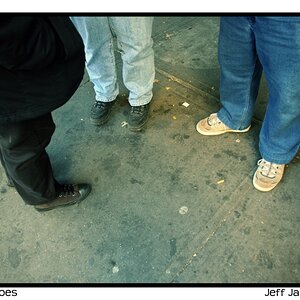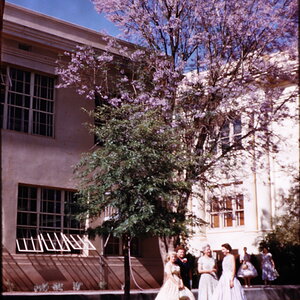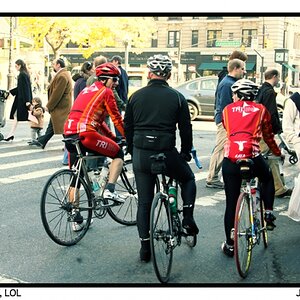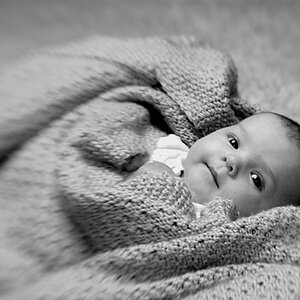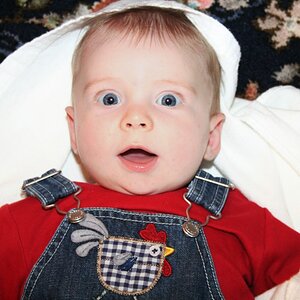ted_smith
TPF Noob!
- Joined
- Oct 4, 2006
- Messages
- 65
- Reaction score
- 0
- Can others edit my Photos
- Photos NOT OK to edit
[SIZE=-1][FONT=Verdana, Arial, Helvetica, sans-serif]I am trying tograsptheFlash technology of my new Nikon F80 35mm camera. I've read that Nikon use the following features in their flash systems :
Slow Sync, Rear Sync, and Flash Compensation.
Can anyone explain what these are, or give me a URL where it's explained.
I understand the Red-Eye Reduction feature.
Thanks
Ted
[/FONT][/SIZE]
Slow Sync, Rear Sync, and Flash Compensation.
Can anyone explain what these are, or give me a URL where it's explained.
I understand the Red-Eye Reduction feature.
Thanks
Ted
[/FONT][/SIZE]


![[No title]](/data/xfmg/thumbnail/36/36421-843e629a8c32ff091e337e6880f0c323.jpg?1619737565)

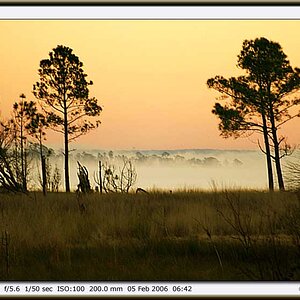

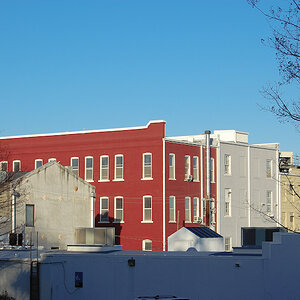
![[No title]](/data/xfmg/thumbnail/32/32926-ec27ecead8c80d803404500d8f888dbf.jpg?1619735754)
